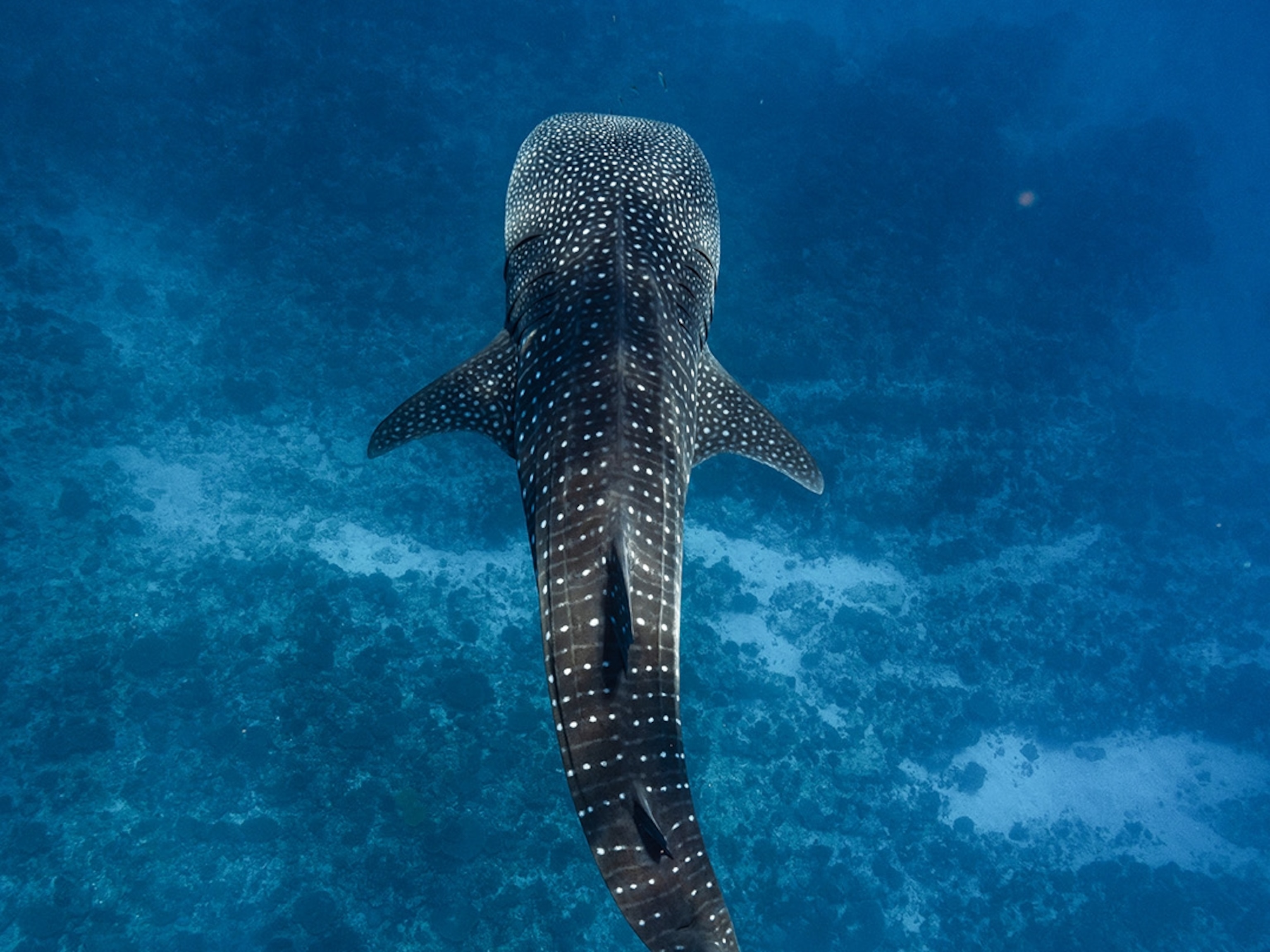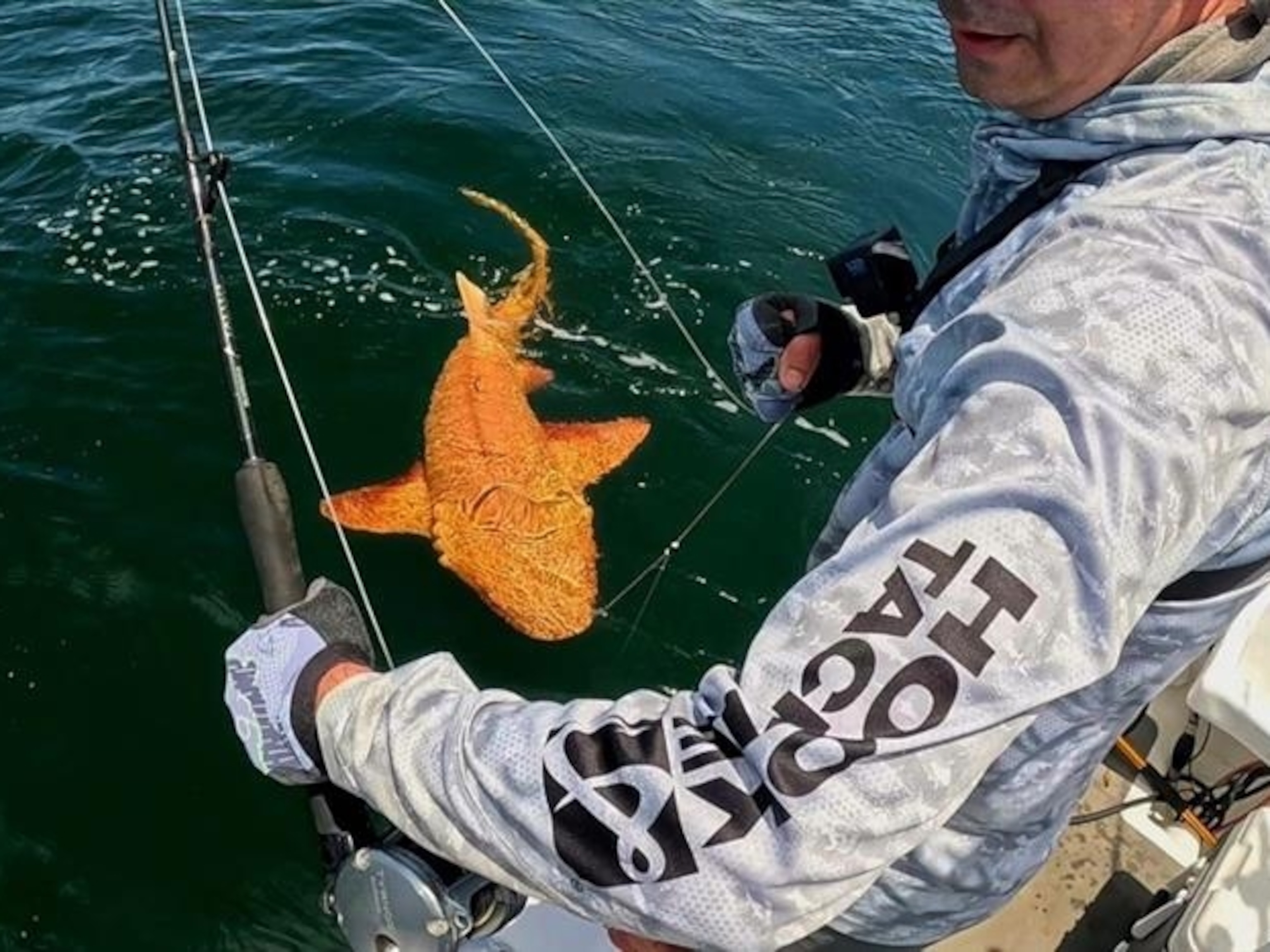What This Walking Fish Can Teach Us About Evolution
A small, flat fish that looks like a ray has a surprising trait in common with people.
Four hundred million years ago, when creatures first developed the ability to walk, they may have wriggled little nubs back and forth to propel themselves forward.
It's a move still seen in skates, a fish species that's evolved little in the past 100 million years. A new study, published in the journal Cell, found that the ancient fish possess the same neural circuitry needed to walk as people.
Physically, skates look like rays, but they're more closely related to sharks. They're about the size of a large dinner plate and about a flat as one, with a long tail trailing behind it.
Unlike other fish species, which wiggle their spines to propel themselves forward, skates swim with a mostly straight spine. This is akin to land animals that, instead of wiggling their spines, rely on muscles in their legs for movement.
Jeremy Dasen, an associate professor at the NYU School of Medicine’s Neuroscience Institute, says he's long been interested in the evolution of motor behaviors, such as walking. Previously, he's studied snakes, an animal he describes as a tetrapod that "lost its limbs."
"I came across a video of the [skate] walking behavior on YouTube," he says and instantly knew the species could yield valuable insights.
While scientists could see the walking in action, they wanted to know more about what, in the fish's cells, were telling it to walk.
"I've always been fascinated by the process that a fertilized cell becomes an organism," adds Dasen.
Already, the lab had tested the neural circuitry of mice, finding that knocking out certain genes would cause a mouse to limp or become paralyzed.
To study skates, they extracted the animals' motor neurons and sequenced their DNA. Specifically, they looked at skate embryos because it's in this early stage that both skates and humans develop neural circuits. In the beginning stages of a skate's development, they propel themselves with their spine, but by the time they hatch, their spine becomes fixed and they use their fins to push forward.
"By comparing mouse and skate, we knew everything important for walking in mice is also detected in skates," he says.
Both skates and mammals, the study shows, have the same "genetic switches." Essentially, the same genes that tells a skate to move its little fins are also the same genes that tell us to move our arms and legs.
The finding, Dasen says, leads researchers to believe the genetic makeup of walking land animals originated while fish were still in the ocean. It helps scientists develop a more complete understanding of our prehistoric common ancestor.
Understanding the foundational genetics of motor movements also has medical implications down the line.
"If you think about diseases like Lou Gehrig's disease or spinal cord injury, having more basic knowledge about how those circuits are put together is important when thinking about how to repair those damaged circuits," he notes.





